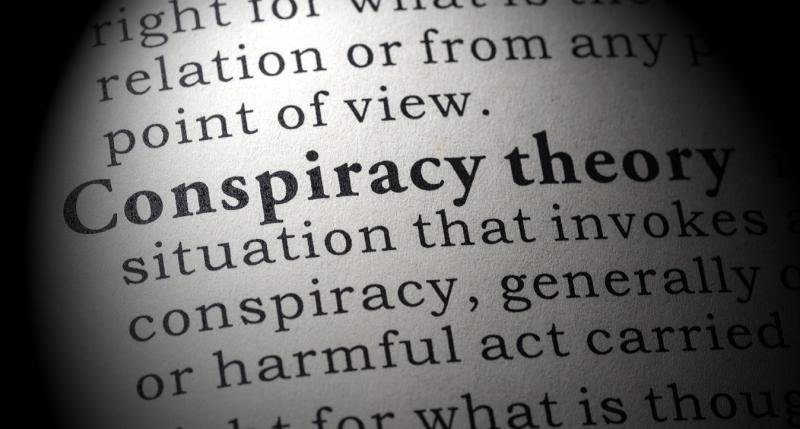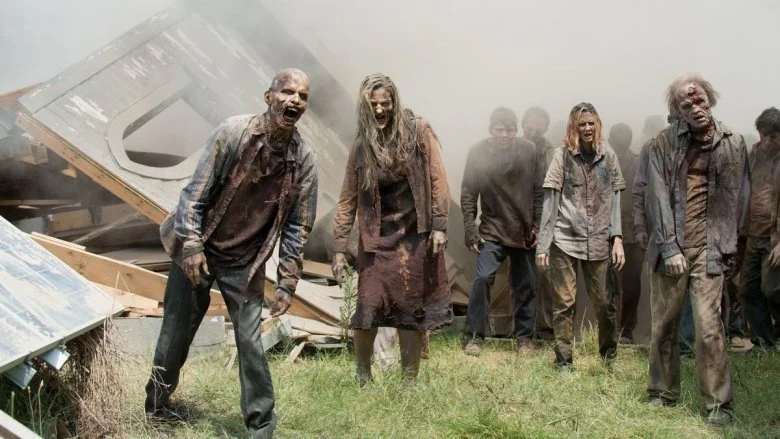My research asks how political culture shapes the way we imagine the recent past and possible futures of world politics.
Whether its apocalyptic thinking informing our reaction to the Covid 19 pandemic or social media defining our political narratives, I am fascinated by the way cultural practices animate world views and help make sense of the world we encounter, particularly in times of crisis and controversy.
I have spent time analysing this relationship and thinking about the issues that inform it, including its embodied and aesthetic dimensions and the role of the imagination. Now I find myself moving into a new phase as a researcher, where I engage this dynamic through new creative methods and innovative participatory research designs.
Exciting times!
Current Projects
-
There is a growing International Relations (IR) scholarship exploring the character and significance of conspiracy theory. From its part the the making and contestation of foreign policy, and its impact on the radicalization of violent extremists, to its role in populist movements and the rhetoric of populist leaders, conspiracy theories are now exerting an undeniable influence over core aspects of world politics. Much of the existing research has focused on the narrative power and political consequences of conspiracy theories, as well as the underlying motives of the people who believe them. However, the aesthetic dimension of conspiracy theories remains unexamined in the discipline, despite the centrality of images to the production of conspiracy theories. Indeed, the visual record of world politics foregrounds spectacular events like assassinations or terrorist attacks, and these often provide both the critical impetus and evidentiary base for conspiracy theories. A different angle, unseen footage, anomalies and connections that contradict the official account – the excess of meaning in visual images provides a rich context for suspicious minds.
This new project asks: what does a focus on aesthetics reveal about the character of conspiracy theories and their role in world politics?
The project explores this question through three themes. The first investigates the relationship between conspiracy theory and the documentary record, with a particular focus on documentary photography and its role in capturing significant moments in world politics. The second, examines how that visual record is taken up in conspiracy theories about iconic international events: provisionally, the assassination of US President John F. Kennedy; the 9/11 terrorist attacks on New York and Washington; and the COVID-19 Pandemic. The third theme takes seriously the broader aesthetics of conspiracy theory, including its symbols, motifs, and memes, as well as the way these circulate, via an analysis of prominent contemporary conspiracy theories, including the Great Reset and QAnon.
Working with University of Kent seed funding, I am developing the first theme of the project by undertaking on site discovery in the archives of Peter Marlow, one of Britain’s most celebrated documentary photographers, held at the Peter Marlow Foundation site in Dungeness, Kent.
-
In this collaboration with Stefanie Fishel we engaged the horror genre to explore world politics long list of anxiety inspiring scenarios, which threaten to unravel everyday life with sudden and violent destruction. From total war and the concentration camps, through nuclear firestorms, global pandemics, and climate disaster, the diabolical violence of the recent past and conceivable future is the stuff of nightmares. The challenge for both policy practitioners and researchers is to engage world politics in a way that foregrounds human consequences.
This is the research I reference most in my teaching, as students really connect with the horror genre and its embodied potential.
-
This transdisciplinary research project explores the connection between Trump’s twitter images and the Capitol Hill riots. What values did the images communicate? And how might those images have indicated the trajectory of events that took place?
I am developing this project with Constance Duncombe and Camille Serisier. It is exciting to be thinking about historic event in a different way.
-
Conspiracies play a significant role in world politics. States often engage in covert operations. They plot in secret, with and against each other. Yet allegations about the secret operation of political power are often considered paranoid. Of all the ways an idea can be discredited the label conspiracy is amongst the most effective. Images of delusion and irrationality come thick and fast. Which conspiracies are real? Which are paranoid? And who decides?
While exploring this intriguing topic I developed my first book and a series of articles, including a co-authored piece with Roland Bleiker.
It is probably the research I am asked about most, since everyone has some suspicion or another - and, increasingly, a friend or family member who has gone down the rabbit hole. But it is the political dynamics that produce conspiracy theories and the way competing conspiracy narratives vie for standing in moments of foreign policy controversy that I find most intriguing - it is ultimately a window into the production of political orthodoxy and the delegitimisation of views that fall outside the range of acceptable interpretation.




